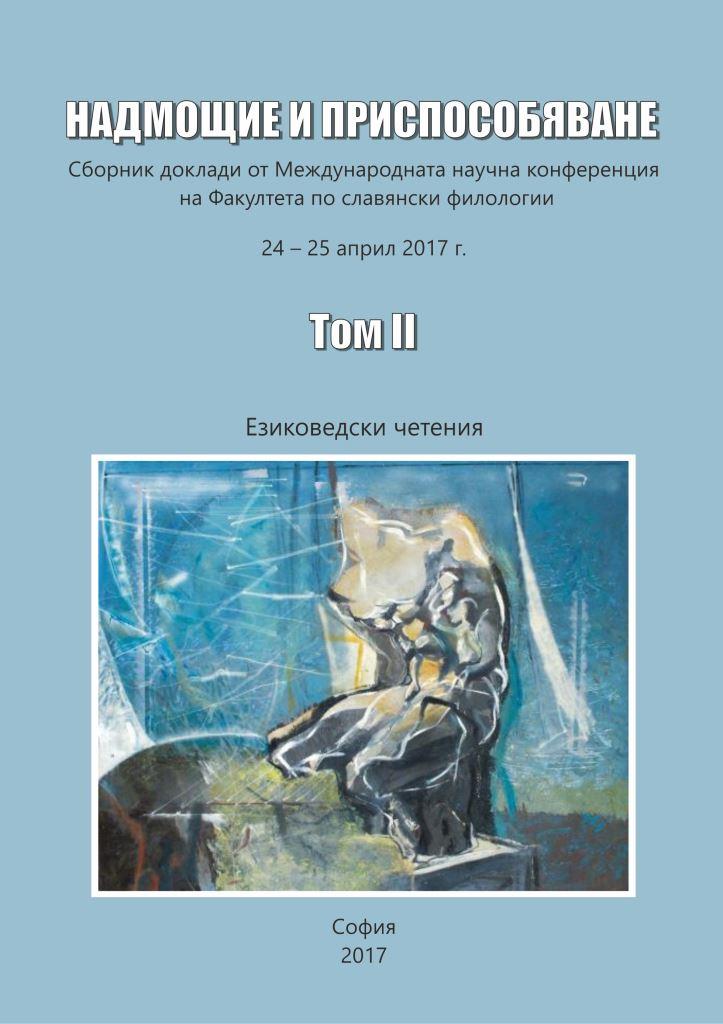THE PREDICATIVE INSTRUMENTAL IN RUSSIAN AND OTHER SLAVIC LANGUAGES – HISTORY AND ORIGIN
THE PREDICATIVE INSTRUMENTAL IN RUSSIAN AND OTHER SLAVIC LANGUAGES – HISTORY AND ORIGIN
Author(s): Helmut Wilhelm Schaller
Subject(s): Language and Literature Studies
Published by: Факултет по славянски филологии, Софийски университет »Св. Кл. Охридски«
Keywords: predicative instrumental; Slavic languages; Russian
Summary/Abstract: The fact that the predicative instrumental is not only in used in East- andWest Slavic languages but also in Modern Lithuanian makes it possible that this use is a result of a Baltic-Slavic community beside other common features, e.g. the use of Russian and Lithuanian genitive of objects in negated sentences. But there is also the possibility of a Finnish substratum in Russian because of the morpho-syntactic peculiarities in theModern Finnish language, as there are the “translative” as a case to denote a change of state or purpose and the “essive”, a case marking a temporary state as the grammatical category to denote a temporary quality. Both cases can be compared from a typological viewpoint, with the Baltic and Slavic predicative instrumental.
Book: Надмощие и приспособяване
- Page Range: 161-168
- Page Count: 8
- Publication Year: 2017
- Language: English
- Content File-PDF

